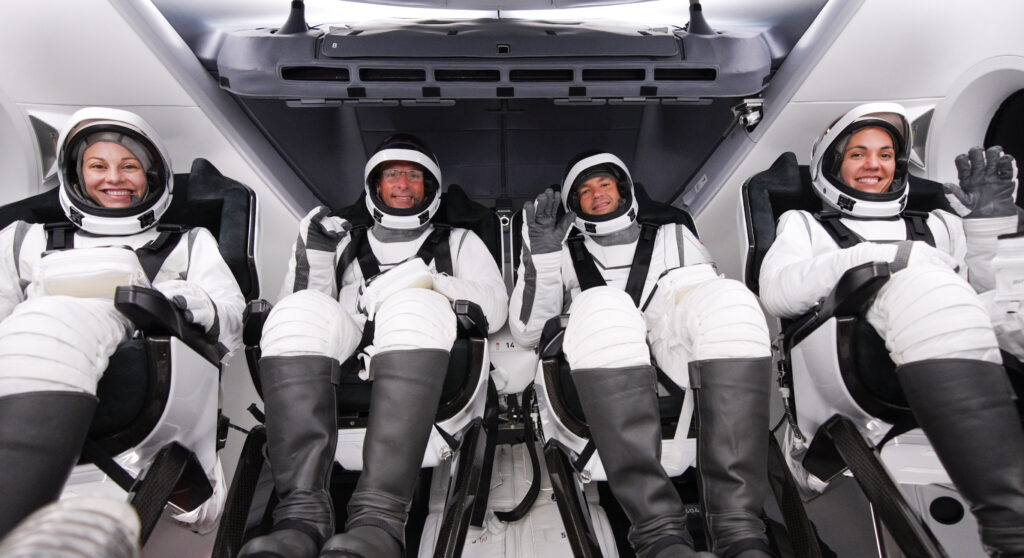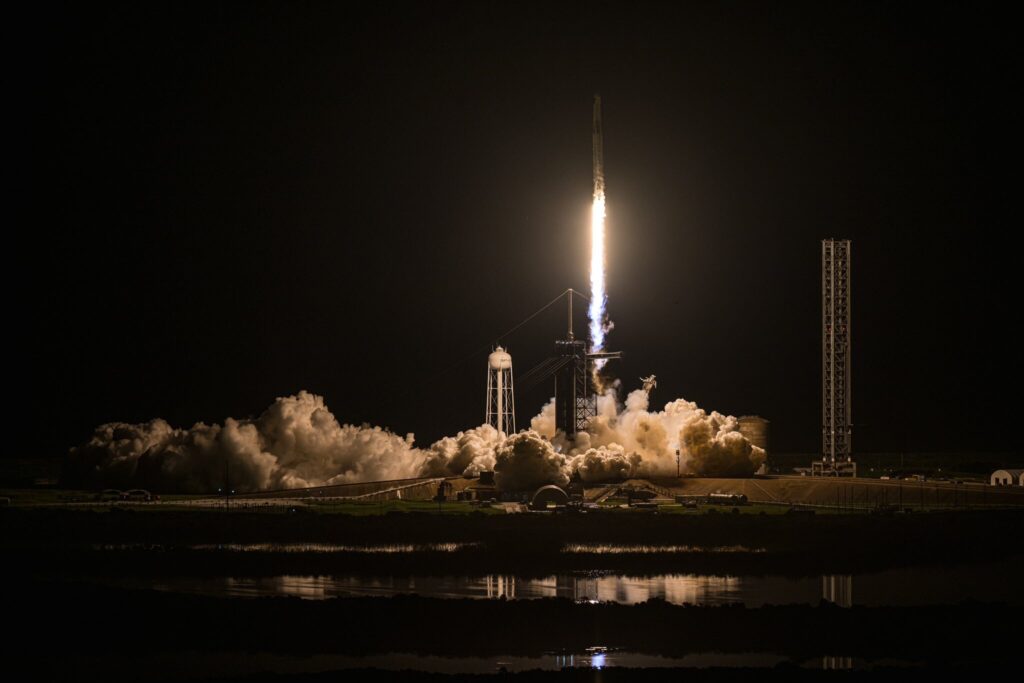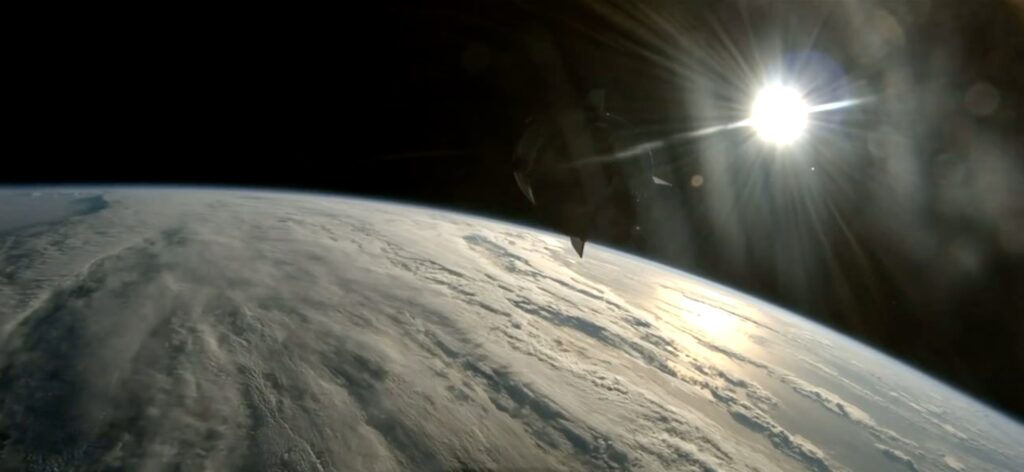SpaceX has successfully launched the Polaris Dawn manned mission. The mission will include the first private spacewalk.
Crew and mission objectives of the Polaris Dawn mission
The Polaris Dawn mission is the first flight of the Polaris program, which is funded by American billionaire Jared Isaacman. Its crew consists of four people. In addition to Isaacman himself, these are former U.S. Air Force Lt. Col. Poteet Scott, as well as SpaceX engineers Sarah Gillis and Anna Menon. Poteet will act as pilot, Gillis and Menon are mission specialists.

The Polaris Dawn mission has three main objectives. First, Crew Dragon will have to enter orbit with an apogee of 1,400 kilometers and break the altitude record achieved back in 1966 by the Gemini 11 mission. Then it reached an altitude of 1,372 kilometers (the Apollo missions traveled much greater distances from the Earth, but they did so on missions to the Moon, not in Earth orbit).
Second, dozens of scientific experiments will be conducted during the flight. Since Crew Dragon’s apogee orbit will be close to Earth’s inner radiation belt, the goal of many of them will be to study the effects of increased radiation levels on astronauts’ health.

Finally, the Polaris Dawn mission will include the first-ever private spacewalk using SpaceX’s new spacesuits. It will be conducted by Isaacman himself, as well as mission specialist Sarah Gillis.

The launch of Polaris Dawn has been postponed several times due to technical problems and bad weather. As a result, it took place on September 10. The Falcon 9 rocket successfully launched the spacecraft into space, its first stage landing on a barge in the Atlantic Ocean.
Date of spacewalk
Crew Dragon is currently in intermediate Earth orbit. After the crew has tested all systems, the spacecraft will perform a maneuver that will raise its apogee altitude to a record height.

As for the spacewalk, it is scheduled for September 12. The operation will take place at an altitude of 700 km, which is higher than the Hubble telescope’s orbital altitude. Since Crew Dragon doesn’t have a separate airlock, the astronauts will have to depressurize the entire spacecraft. The spacewalk will last two hours and will be broadcast live.
The entire Polaris Dawn flight will take about 5 days. After the mission is completed, the spacecraft will land off the coast of Florida.


